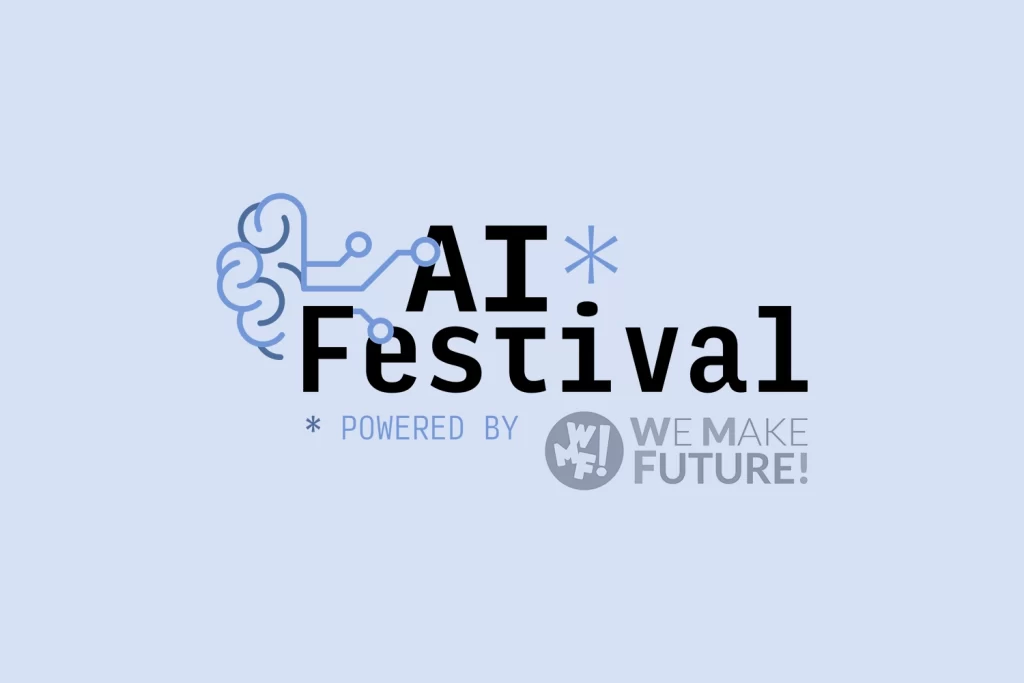
SUMMARY
The way companies manage customer support has profoundly changed. Today, software help desks are the operational heart of business and technical support, with advanced ticketing, automated routing and predictive analytics capabilities. Choosing the right platform can make all the difference in terms of customer satisfaction, response time, and efficient use of resources. In this context, knowing the key features of available solutions is essential to building a truly effective and scalable customer care strategy.
Key features of an effective software help desk
A well-designed software help desk must offer a combination of technological tools capable of simplifying the work of the support team and improving the end-user experience. Essential features include automatic ticket management, dynamic prioritization of requests based on priority and SLAs, as well as intelligent routing systems that assign each case to the most appropriate operators, considering skills, availability and workload.
Ticketing system and process automation
Centralizing all requests through a unified ticketing system allows you to track every interaction from opening to resolution. With automated workflows, management time can be greatly reduced by triggering escalations, notifications and updates in real time. Integration with CRM and internal databases provides immediate access to relevant customer information, facilitating faster and more personalized case management.
Advanced analytics and strategic reporting
Modern help desk platforms incorporate business intelligence tools that transform operational data into strategic insights. Real-time dashboards provide comprehensive visibility into team performance, monitoring critical KPIs such as First Call Resolution (FCR), Average Handle Time (AHT) and Customer Satisfaction Score (CSAT). Predictive analytics identify recurring patterns in reported problems, enabling proactive interventions and continuous process optimization.
Omnichannelality and service continuity
An increasingly crucial element in a modern software help desk is omnichanneling. Offering support through multiple channels-email, phone, chat, social media, and app-allows customers to choose the most convenient means of communicating, yet maintain consistency and traceability of the conversation. An omnichannel system integrates all interactions into a single view, allowing operators to have the full context of the request, regardless of the channel used. This approach improves the customer experience and reduces handling time, ensuring continuity and quality of service.
Operational and strategic benefits in implementation
Using an advanced software help desk brings concrete benefits on multiple levels. Standardizing support processes helps ensure consistency in service quality, reducing variables related to individual management and ensuring compliance with company policies. Automation also frees up resources for higher-value activities, improving overall productivity.
Improved customer experience
The implementation of omnichannel communication channels allows customers to interact through email, chat, phone and social media while maintaining conversational continuity. Intelligent chatbots and virtual assistants provide 24/7 support, automatically resolving standard requests and gathering preliminary information for complex cases. The integrated knowledge base enables evolved self-service, reducing the volume of requests and increasing customer satisfaction.
Resource optimization and cost control
A detailed view of processes helps identify inefficiencies and bottlenecks. Workforce management tools support optimal resource planning by balancing load and skills. In addition, analyzing costs by type of request enables more accurate budget management and an accurate assessment of return on technology and training investments.
INGO’s software help desk solution
INGO offers an integrated platform, called Contact Center Software, that combines advanced help desk capabilities with evolved omnichannel capabilities. Thanks to its architecture, it ensures scalability, reliability, and high performance, supporting organic growth and traffic peaks without compromising performance.
Built-in functionality and advanced customization
The INGO platform leverages proprietary artificial intelligence engines to automate support, using Natural Language Processing (NLP) algorithms to understand requests and manage their routing contextually. RESTful APIs enable smooth integration with existing IT infrastructure, while configurable interfaces adapt to company-specific processes. L’omnichannel approach is seamlessly integrated: every interaction, regardless of the channel used, flows into a single platform, ensuring consistent, traceable and personalized management.
Case study: artificial intelligence in the contact center
A concrete example of the effectiveness of INGO solutions emerges from the implementation of AI technologies for the automated management of contact center. The project demonstrated how the integration of machine learning algorithms can reduce ticket resolution time by 40 percent by automating the classification of requests and suggesting solutions based on historical patterns. The implementation of conversational chatbots enabled autonomous handling of 65 percent of standard requests, freeing specialized resources for complex cases and significantly improving customer satisfaction.
Selection criteria and implementation considerations
Choosing the most suitable software help desk requires a structured assessment that considers technical requirements, organizational constraints and strategic goals. Assessing current and future volumes of requests helps to define scalability needs, while analysis of existing processes helps to identify areas that require customization or integration.
Technical evaluation and compliance
Technical criteria include software architecture, security standards, integration capabilities and performance under load. Compliance with industry regulations such as GDPR, PCI-DSS or ISO 27001 is a prerequisite for regulated industries. Total Cost of Ownership (TCO) analysis must consider licensing, implementation, training and maintenance over the long to medium term.
Implementation strategy and change management
A clear roadmap reduces the risk of disruptions and promotes a smooth transition. A pilot test with a limited group of users enables validation of functionality and gathering feedback, while appropriate training programs ensure full adoption by the team. Constant monitoring of metrics allows ROI to be evaluated and areas for continuous improvement to be identified.
Conclusions
Choosing the right help desk software is a decision that directly affects support efficiency and the customer experience. Modern solutions integrate AI, automation and advanced analytical tools, transforming support from a cost center to a growth lever. A structured assessment, based on concrete needs and long-term goals, ensures a sustainable technology investment capable of generating measurable results.
Contact us
Find out more about our CX services
INGO, thanks to multichannel and technological innovations, is able to build specific projects for each company, following the process from the initial analysis phase to the implementation of integrated, scalable and modular omnichannel strategies. For over 20 years, Made in Italy at the service of the customer experience.
blog


